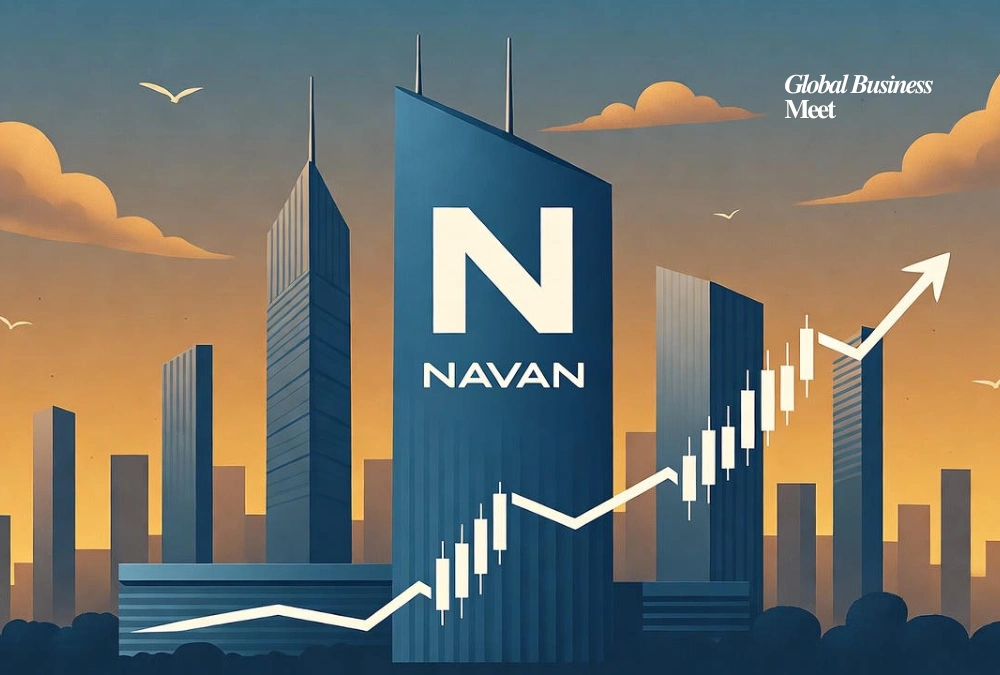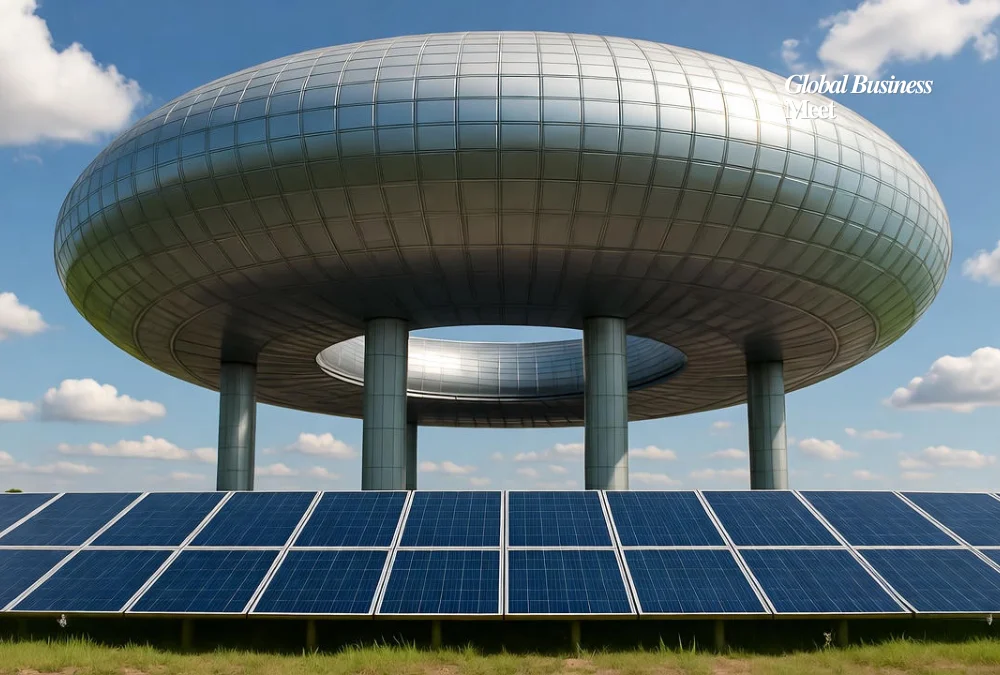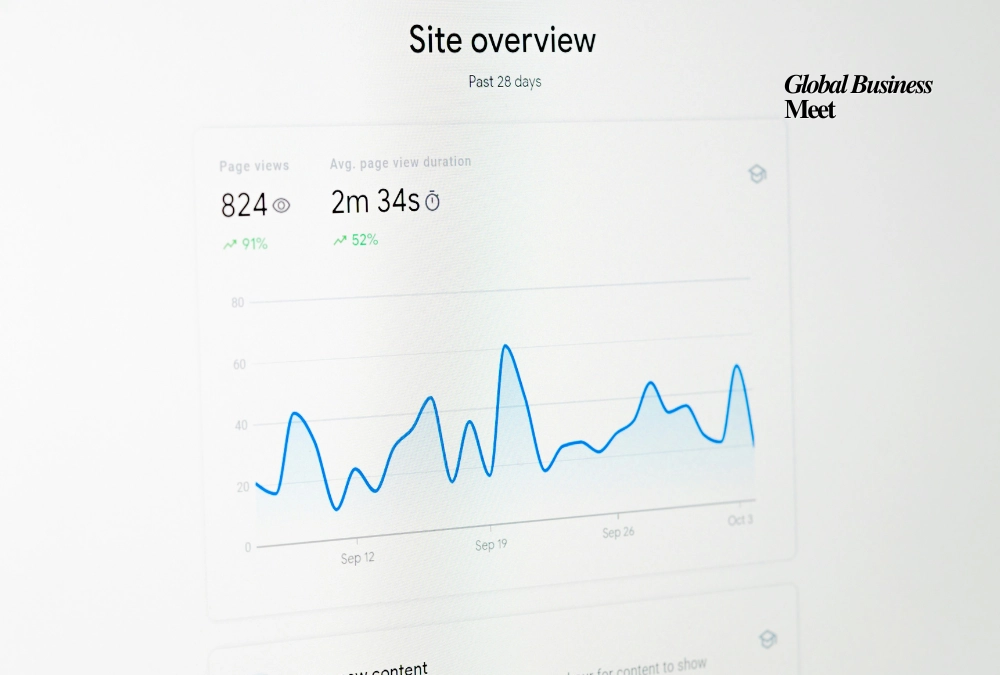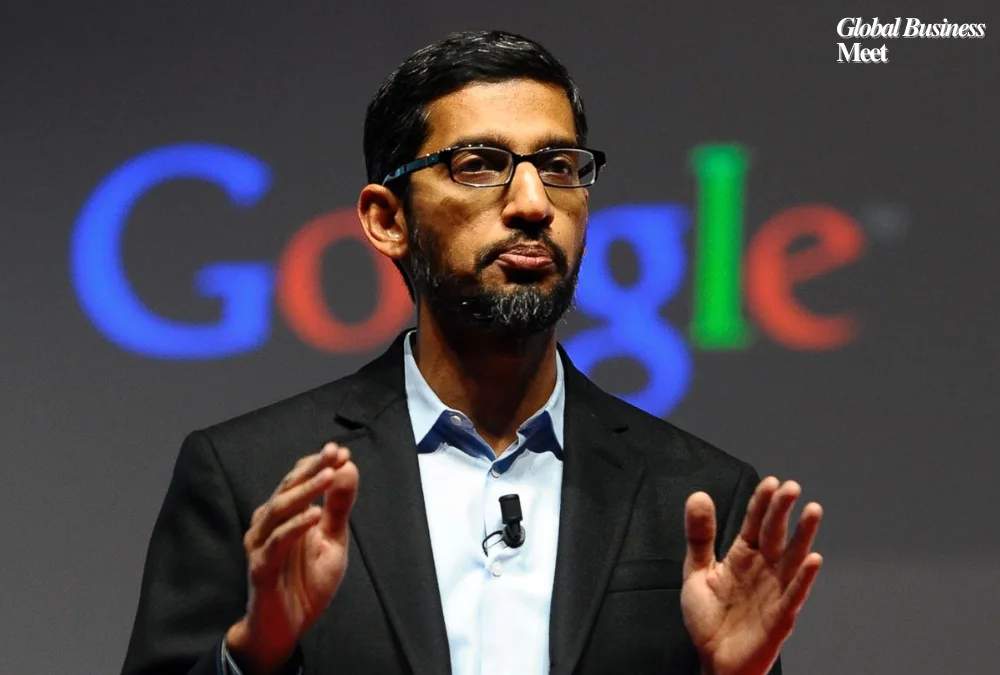
Venture capital (VC) investment in European defense, security, and resilience technology companies hit a record high of $5.2 billion in 2024, a 24% increase from the prior year. According to a joint report by Dealroom and the NATO Innovation Fund (NIF), this growth is four times greater than in the past six years, highlighting the sector’s growing significance in the face of international geopolitical tensions.
Against the broader backdrop of a 45% downturn in the European venture capital market over the past two years, this record growth is all the more impressive. The defense, security, and resilience industry, on the other hand, grew by 30% over the same time frame and currently receives 10% of all venture capital investment in Europe. This boom in investment has been further supplemented by the ongoing war in Ukraine. European countries re-evaluated their defense capability with the war and brought about enhanced interest and capital inflows for security-boosting technologies as well as resilience. Some of the major gainer companies from this boom in investment have been drone manufacturers like Tekever and artificial intelligence companies with a focus on defense applications like Helsing.
Geographically, Germany has surpassed the UK to become a leader in drawing investments in defense technology. A concerted effort to promote innovation and technological progress in defense and security has led to Munich, in particular, becoming a major hub for venture capital activity in this field. This is aided in part by the €1 billion NATO Innovation Fund, which incentivizes entrepreneurs and aids in bringing innovative technology into defense strategies. John Ridge has recently been appointed Chief Adoption Officer of the fund, demonstrating its interest in fostering innovation and bridging the gap between emerging technologies and actual implementation within defense systems.
In spite of the upward trend, challenges still exist, most notably in the form of the longer procurement horizons that come with government defense contracts. For firms that wish to expand rapidly and sustainably, these longer time frames might be problematic. Overcoming them will be essential in order to sustain the defense technology innovation pace and to allow new technologies to be successfully applied in a manner that improves national and regional. Lastly, a change in strategy towards strengthening resilience to meet changing geopolitical threats is reflected in the record-high investment in European defense and security technology in 2024. Cooperation between investors, start-ups, and institutions such as NATO reflects a heightened focus on collaborating on technical solutions that strengthen defense capabilities on the continent.




































































